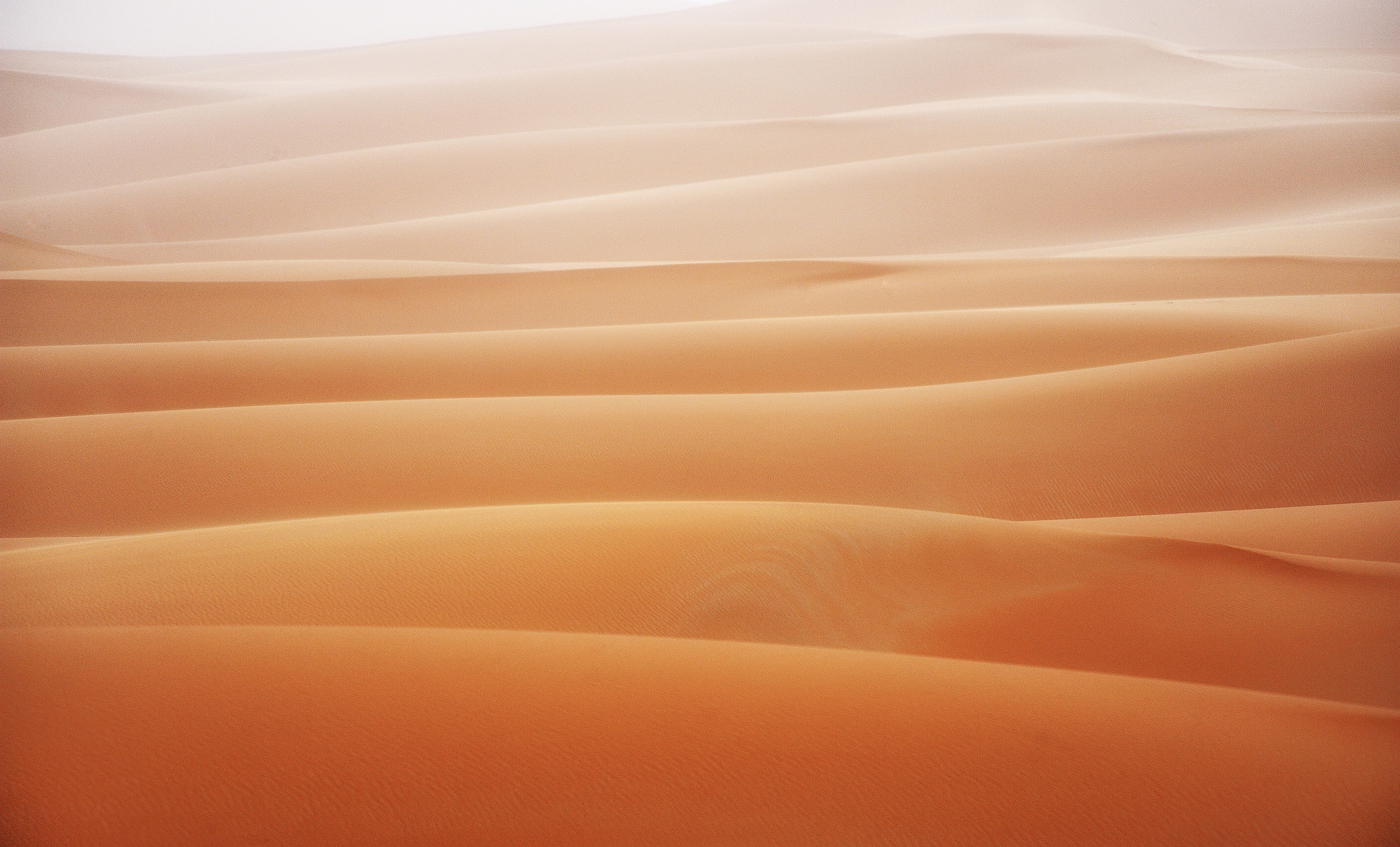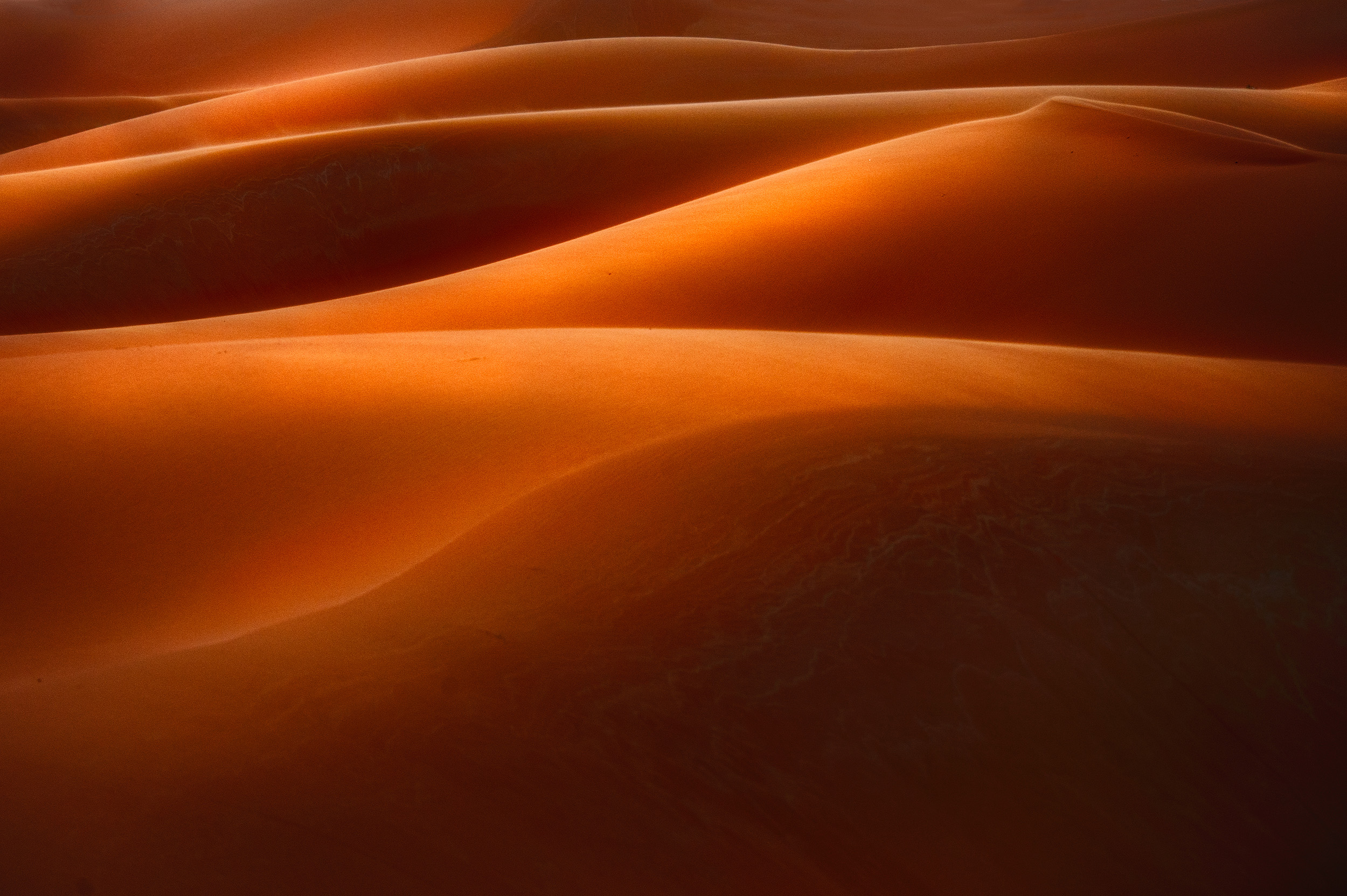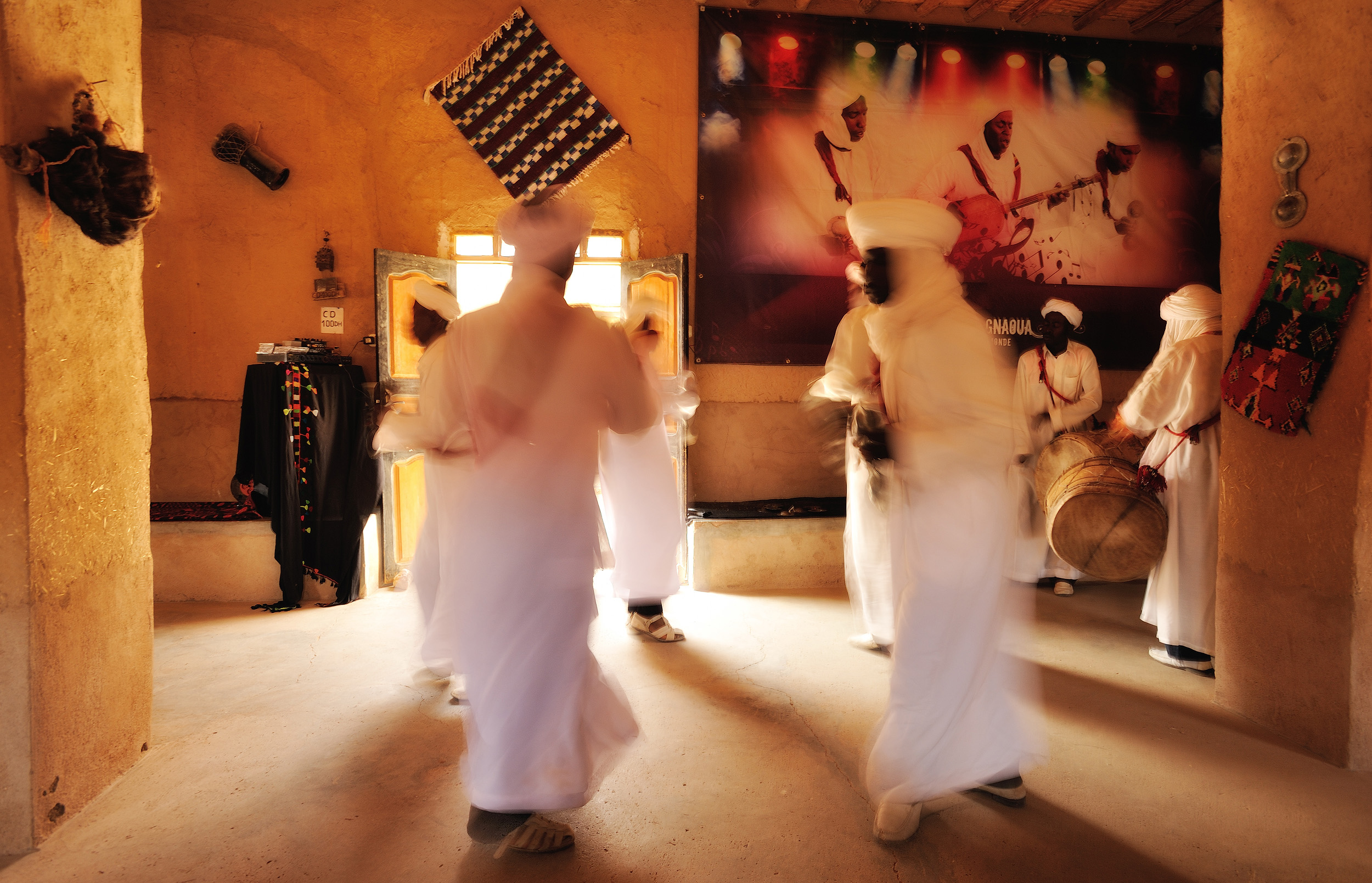MOROCCO PART 2: THE SAHARA
Fes was fantastic, but when the germ of the idea of coming to Morocco first took root in my head, it was to photograph sand dunes in the Sahara. Looking at the map, it seemed perfectly feasible, over to Morocco, a couple of hours down to Fes, and then it was just another 500 or so kilometers to Erg Chebbi, where the Sahara starts. How hard could it be?
As it turned out, it wasn't particularly difficult, but it was long. Driving 500km in Morocco takes a long time. The roads are generally pretty good, there's not that much traffic on them and contrary to my expectations, people on the roads were cautious and completely unaggressive. It was rare to see someone breaking the speed limit.
No, it takes a long time because what little traffic there is on the road, is generally slow moving trucks, and the road up into the middle Atlas, across the plateau at the top, and then down again on the other side at Errachidia, is often relatively winding making it difficult to overtake them. Also, driving through towns in Morocco can be a little hair-raising as the streets are full of mules and people walking and on bicycles. Added to that is the fact the Moroccan towns don't seem to like to put signposts at junctions, so in most of the towns we drove through we took a wrong turn, ending up in the middle of colourful markets or on roads out of town where it's not immediately apparent that we'd taken a wrong turn. GPS was a big help here.
Anyway, after a long drive during which we watched the scenery through the windscreen of the car change from the lush green valleys around Fes, to pine forests at the beginning of the middle Atlas, to deserted mountain plains, and then to stone desert as we neared Rissani, we eventually started to see the dunes of Erg Chebbi rise in front of us. We'd driven from our front door to the edge of the Sahara, and I was rather pleased with that.
The last stretch towards the hotel was off road though, pretty rough dirt track which a 4x4 would eat up, but in our Micra, it was bouncy to say the least.
As we'd driven down, we'd witnessed pretty much every kind of weather, blue skies, driving rain and storms in the mountains, but since we'd arrived on the desert plains there'd just been this grey washed out overcast haze. It was the last kind of weather I'd been expecting, and I wondered how the sunset was going to be. I'd expected strong side light bringing out the contrast in the dunes, but it was clear there wasn't going to be any direct light at all, only diffused, soft light. As we were sitting on the veranda drinking the inevitable mint tea, a sandstorm blew up across the dunes, and pretty much obscured the sky completely during sunset. I sat taking telephoto shots, concentrating on abstracts of the dunes in the sandstorm, and with the low contrast and washed out sky, with the dunes acting as large light reflectors, I was actually quite happy with how the shots were coming out. Nothing like what I'd expected to be shooting, but also unlike anything I'd ever photographed before, which is always exciting.
As it turned out, this overcast weather was what we got for the first two of the three days we were there. Sunrise the following morning was similar, grey skies, and flat light which gave the dunes an even illumination. I focused on abstracts again, and only really attempted one wide angle vista, which you can see below.
As I was sitting alone on the dunes waiting for the sun to come up, taking in the endless rolling sea of sand in front of me, blown away by the immensity of it, I noticed a small dot on the horizon moving towards me. As it got closer, I realized it was a person, and closer still, a Berber boy of around 14. He started talking to me, and we got by in a mixture of French and Spanish, asking me what I was doing, and explaining he'd cycled from the Algerian border, then walked into the dunes to spend the day selling fossils. He laid out his fossil collection beside me, and I tried to explain that I was waiting for the sun to come up so I could photograph it, and that I didn't have any money in my camera bag. He nodded contentedly, and then settled down to wait while I finished what I was doing. It was an odd experience, to be there in that immense desert, but not alone.
On the last day we took a trip around the local villages and saw a local Gnaoa group. These are musicians who descend from the families of immigrants to Morocco from places like Mauritania and Senegal in West Africa. The music was fantastic, and it was a fascinating experience. We saw the local oasis, which is irrigated by water that is drilled for in the dunes, and then channeled out to this oasis where each family from the local village has a small patch of ground with which to grow food, and visited some of the small earth villages in the area. The difference from a heaving city like Fes is astonishing, and yet these two different cultures and ways of life exist within the same country.
For the final night, we took a guide and two camels out into the desert to spend the night in a Berber tent. We headed out into yet another sandstorm, and then it got dark so our way was illuminated by the almost-full moon. It was an amazing experience, and sleeping that night under the thick heavy canvas of the tents, with just the noise of the wind blowing outside, was pretty special.
Next morning, at dawn, the sky finally cleared and we got the clear sunrise I had hoped for. The dunes beautifully illuminated in reds and oranges by the rising sun, the endless repetition of shapes to the horizon.....it was a perfect way to finish our stay in a truly breath-taking landscape.






